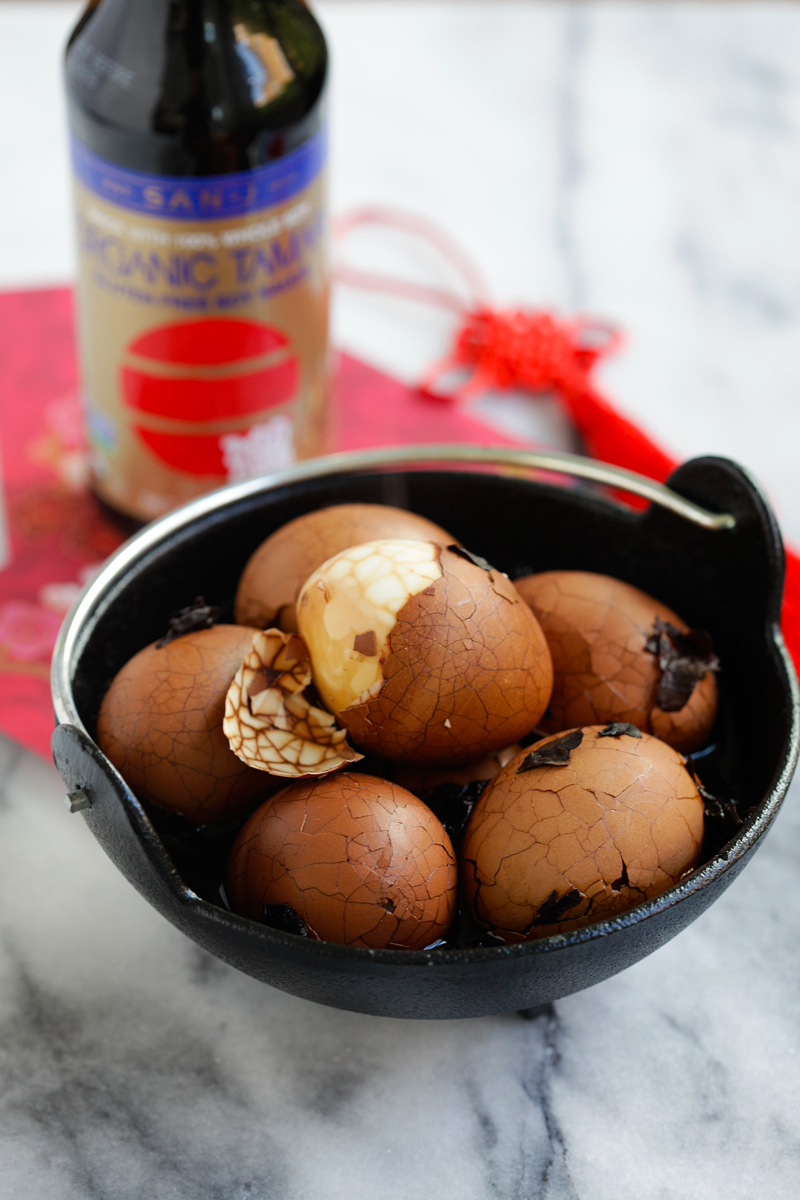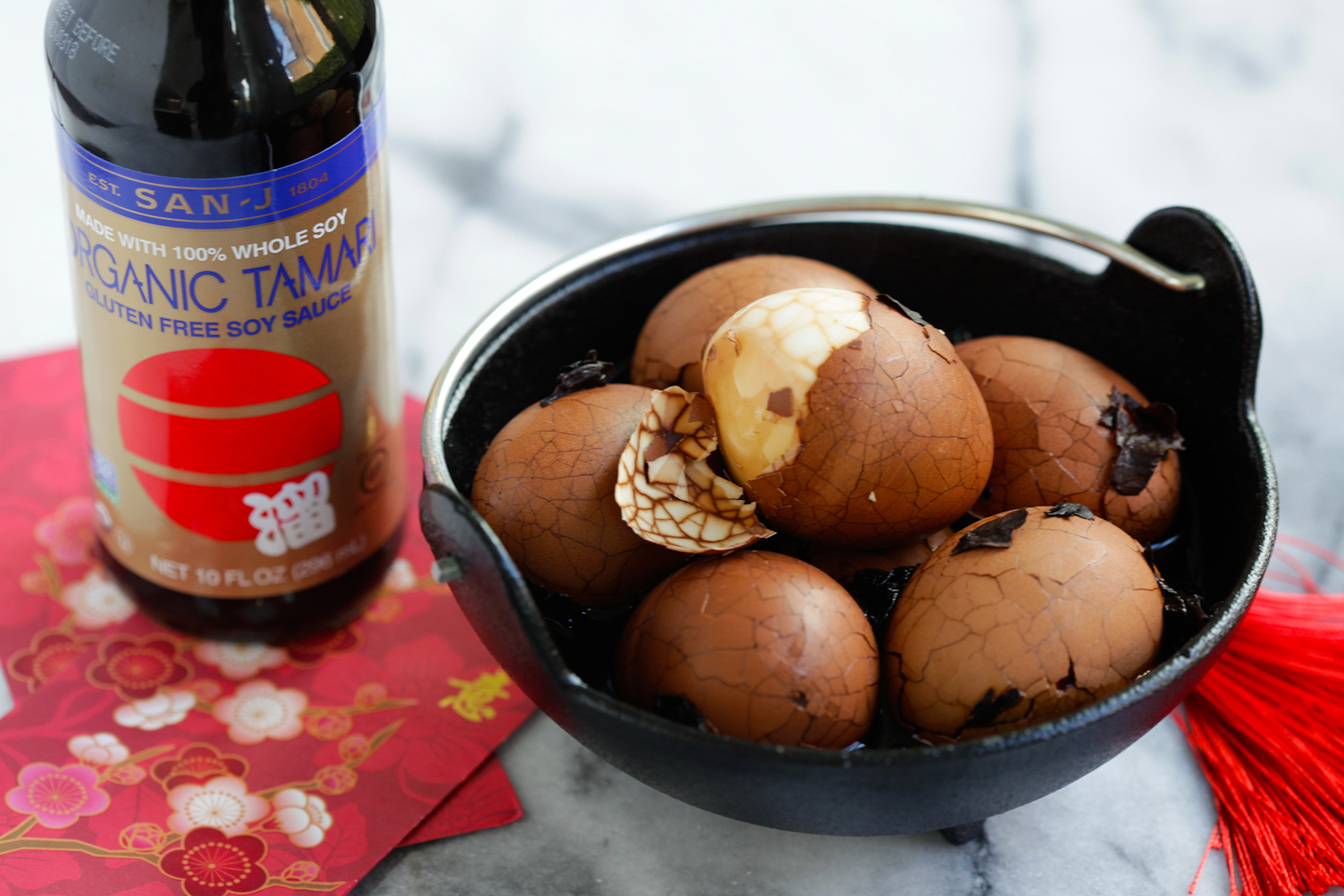Chinese New Year, also known as Lunar New Year, falls on January 28 this year. This year marks the arrival of the Red Fire Rooster, a year that is going to be blessed with great progress, harmony, health and wealth. Lunar New Year is celebrated all across Asia, in countries like the Greater China (Mainland China, Hong Kong, Macau and Taiwan), Korea, Malaysia, Singapore, Vietnam (as “Tet”) and anywhere with a significant presence of the diaspora of the Chinese, Vietnamese or Korean people.
Lunar New Year Preparations
Lunar New Year is the happiest time of the year for those celebrating the festivities. There is the jovial anticipation of the arrival of the new year, with families busy cleaning up their homes for “spring cleaning,” baking delicious and dainty Lunar New Year cookies and candies, buying new clothes, shoes and firecrackers for the children, and gift baskets for friends and family.
Walking down any malls or food markets now, you will be welcomed with festive and cheery Lunar New Year songs and tunes. Many shops are decorated with red and gold color Lunar New Year decorations. For the home cooks, purchasing the right ingredients for the reunion dinner is not to be taken lightly.
Holiday Feasting
A reunion dinner falls on the eve of Lunar New Year, which is January 27. On the day, family members all come back to their home to feast on scrumptious and auspicious dishes that signify wealth, health and abundance in the new year. The cook is tasked with planning the entire menu, which is easily a good 6-10 courses, if not more. We feast on everything from rice, noodles, soups, dumplings, pork, chicken, fish, seafood, eggs, abalone, sea cucumbers, vegetables, to special Lunar New Year dishes such as hot pot or poon choi, a medley of Chinese delicacies layered in a big pot.
One of the lucky and auspicious dishes to make during Lunar New Year is Chinese Tea Leaf Eggs or Cha Ye Dan in Chinese. In China, these eggs symbolize golden nuggets, which means wealth and prosperity. As the shape of the egg is round, it also signifies wholeness and togetherness of the family.
Making Chinese Tea Leaf Eggs at home is very easy and the results are always very rewarding. The eggs are first hard-boiled and then lightly cracked. You then make a pot of Chinese tea, flavored with soy sauce, star anise and Chinese five-spice powder. The process of slow cooking and steeping the eggs in the tea leaf mixture turns the plain hard-boiled eggs into something utterly delightful and aromatic. The soy sauce-laden tea mixture also seeps through the cracked shells of the eggs to form beautiful marbled patterns on the white eggs. They are both gorgeous and delightful.
When it comes to choosing the perfect soy sauce for Chinese Tea Leaf Eggs, I always turn to my favorite SAN-J Organic Tamari. SAN-J Organic Tamari is a premium Japanese soy sauce brewed for up to six months with all soybeans and no wheat, so it has a richer, smoother taste. It’s certified Gluten Free, Vegan, Kosher and Non-GMO Project verified. It’s the only tamari I have in my pantry and a perfect ingredient for these tea eggs.
Without further ado, here is my recipe for Chinese Tea Leaf Eggs. For those who celebrate Lunar New Year, I wanted to wish you a very happy, healthy and prosperous year ahead!

Chinese Tea Leaf Eggs
Ingredients:
12 large eggs
4 cups water
1/4 cup SAN-J Organic Tamari Soy Sauce
¼ cup Chinese black tea leaf
3 star anise
1/2 teaspoon Chinese five-spice powder
1 teaspoon sugar
Method:
Add the eggs in a soup pot and add the water. Bring the water to boil on high heat. Boil the eggs for 10 minutes, make sure that the eggs are completely cooked.
Transfer the hard-boiled eggs out of the hot boiling water and rinse them with cold water. Using the back of a teaspoon, gently tap the egg shell to crack the shell. Return the eggs to the water and add the remaining ingredients. Bring the tea mixture to a boil and immediately turn the heat to low. Simmer for 2 hours. Add more water if needed.
Remove the eggs from the mixture and serve warm.
Back to Top

